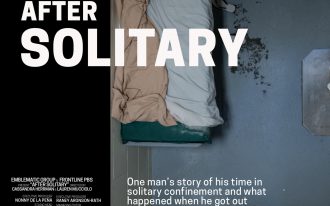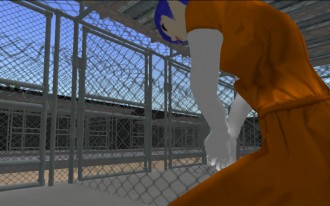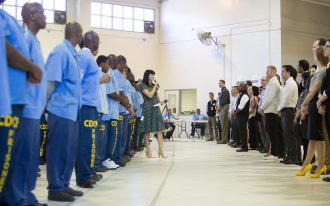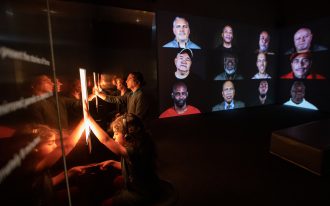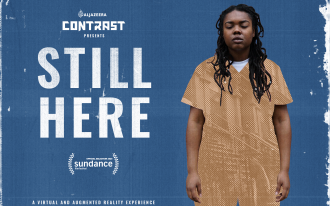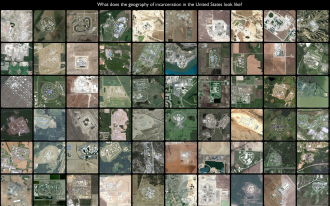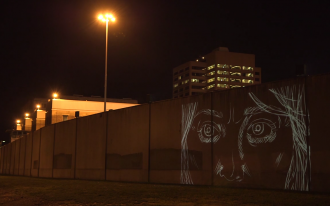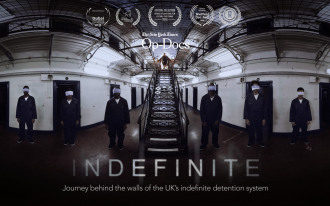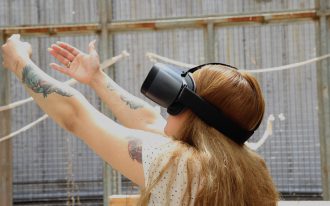Drawing on MIT’s legacy of media innovation and its deep commitment to open and accessible information, the MIT Open Documentary Lab brings storytellers, technologists, and scholars together to explore new documentary forms with a particular focus on collaborative and interactive storytelling. The Lab understands documentary as a project rather than as a genre bound to a particular medium. In the spirit of MIT’s open courseware and open source software movements, the Open Documentary Lab is collaborative and committed to sharing knowledge, networks, and tools. The Lab is catalyst, partner and guide to the future of reality-based storytelling.
Confinement
Art and prisons have a long history together. From prison arts programs dating back to the 1940’s, to contemporary art exhibits featuring incarcerated experiences, to art collectives organizing poetry readings and performances for and by incarcerated people, art has often been a site for uplifting previously unheard stories, unveiling oppressive structures, and reimagining justice. This playlist shows how artists, documentarians and journalists are using emerging technologies to uniquely capture themes of social confinement and isolation. This playlist includes XR projects that use 3D imagery to convey the psychological impact of a solitary confinement cell, a first person narrative to intimately share stories of formerly incarcerated people, and data visualizations to demonstrate the sheer scale of mass incarceration in the U.S. These projects also explore multiple forms of confinement through topics ranging from the immigration detention process to re-entering a society that is unprepared to take care of those leaving the prison system.
Social confinement is on all of our minds as we live through a pandemic but nothing we experience outside prison walls compares to confinement within a prison where rights to privacy, respect, and autonomy are taken away. Moreover, state responses during our times of crisis, particularly in the U.S., have made even more clear the racial biases inherent to our social systems, with an anti-Black culture of police violence exacerbating already alarming rates of death for incarcerated individuals. These projects take on these issues head on, keeping in mind that “experiencing” a prison system in XR serves as only a small part of an ongoing, collective praxis towards social justice.
